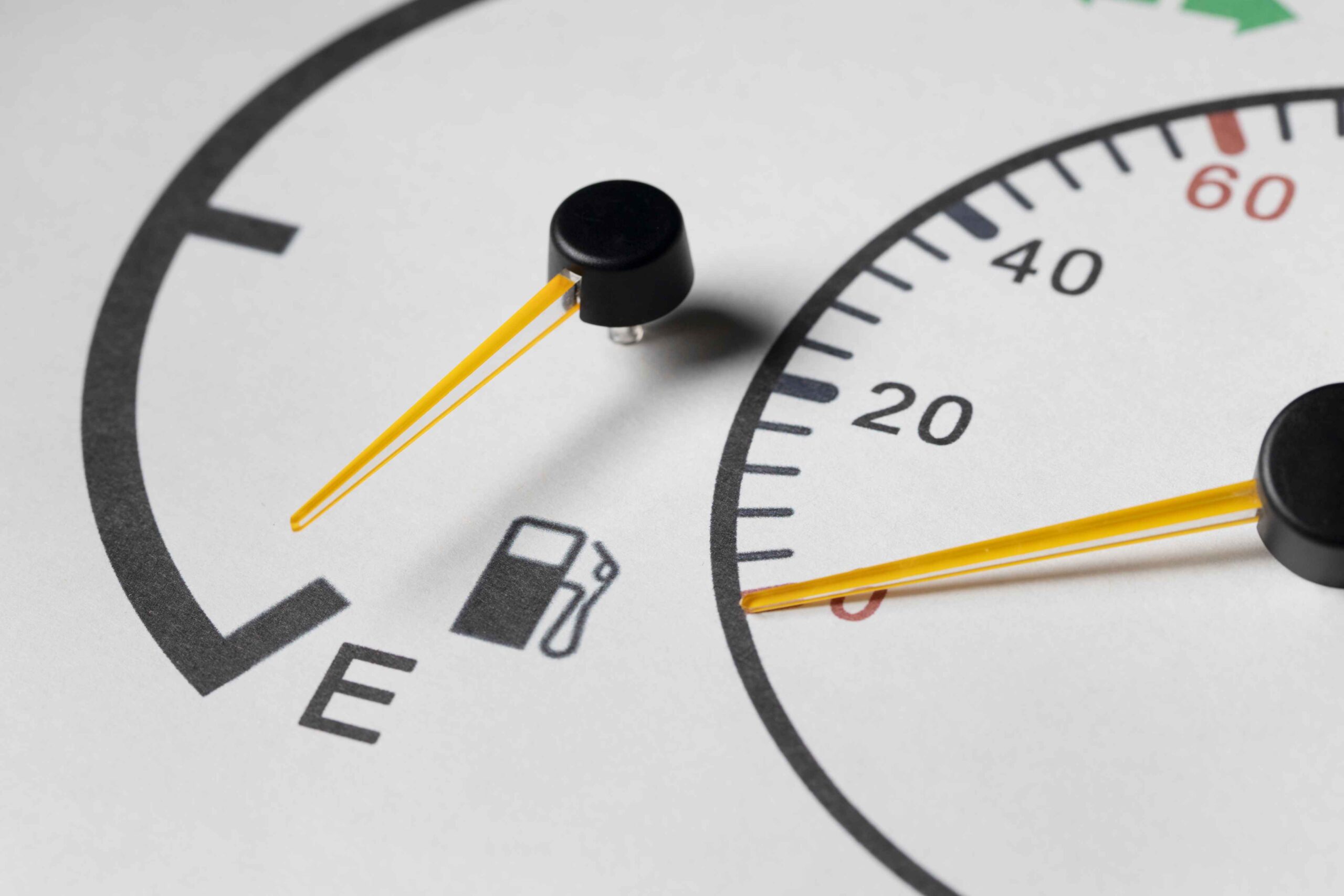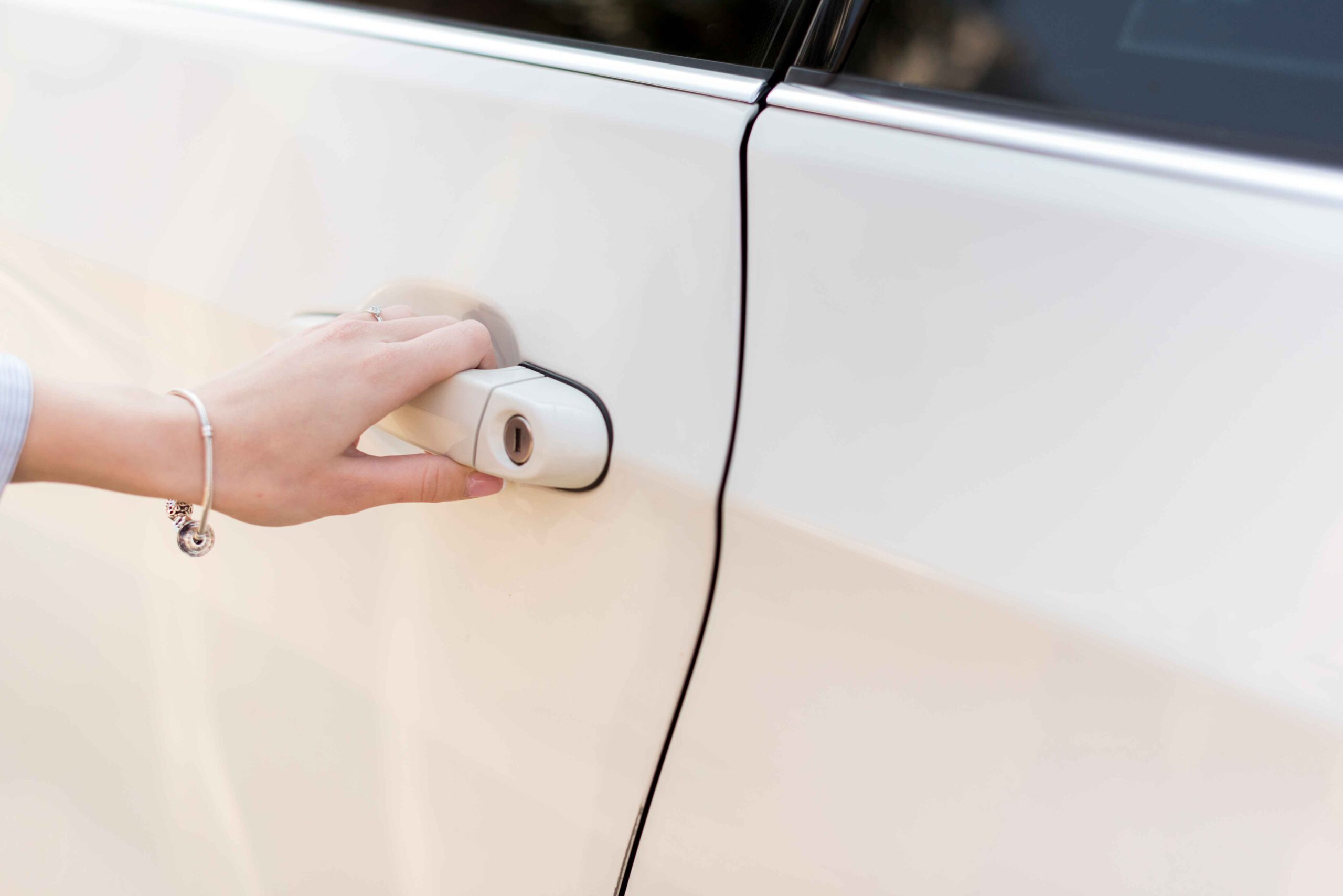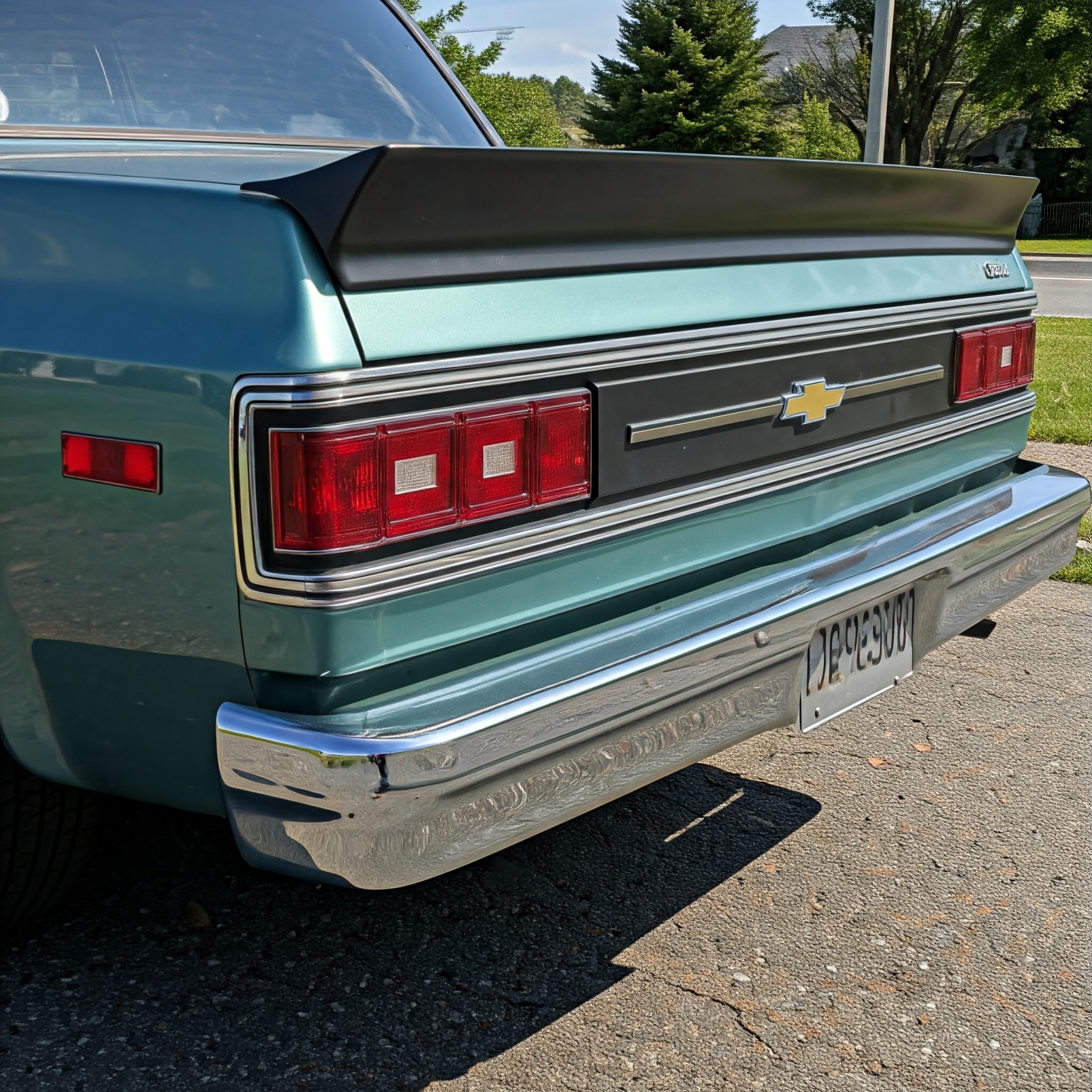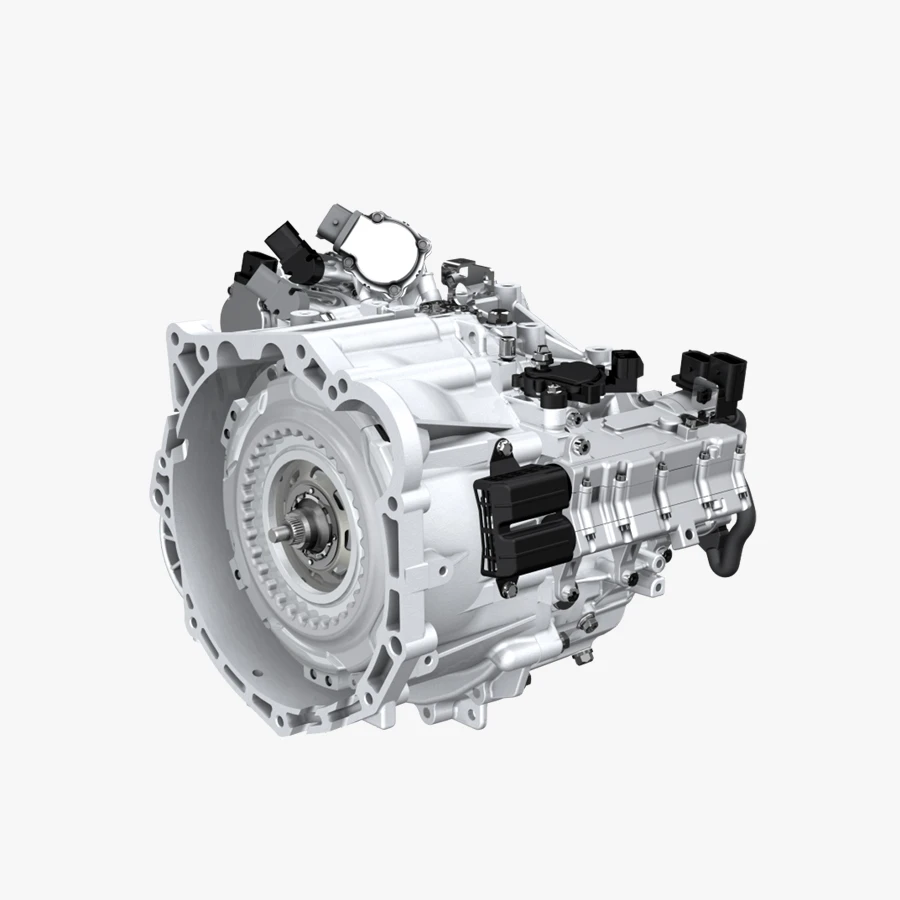Are you thinking of driving a car with low oil? You may be surprised if your vehicle is affected. If your car shows low crude oil, there is not enough fluid to keep the vehicle moving. This can result in severe damage that can be expensive to repair. Our agents can explain the causes of low engine oil over the phone.
What are the Low Engine Oil Causes?
Low engine oil can have several causes, some of which are routine, while others indicate potential vehicle issues. Therefore, it is not recommended of driving your car with low oil. You must call our professionals soon for assistance.
Oil Leaks: Over time, seals and gaskets in the engine may wear out, allowing oil to leak, or the drain plug may not be securely tightened after an oil change.
Oil Burning: When piston rings are worn, oil seeps into the combustion chamber and burns with the fuel. Worn valve seals can also lead to oil entering the combustion chamber and burning off.
Neglected Maintenance: If you do not change the oil regularly, it can degrade, leading to faster consumption or lower levels. Meanwhile, using the wrong or has low engine oil causes it to break down faster, leading to loss.
High Mileage: Engines with high mileage naturally consume more oil because of wear and tear on engine parts, even if there are no visible leaks.
Extreme Driving Conditions: However, pushing the engine hard decreases oil consumption, and short trips prevent the engine from reaching its optimal operating temperature, leading to faster oil degradation.
Faulty PCV Valve: This valve regulates pressure inside the engine; if it malfunctions, it can force oil out or burn it.
Engine Wear: Over time, natural wear in the engine parts leads to gaps that allow oil to escape or burn off.
What is the Minimum Oil Level in a Car?
The minimum oil level in a car is marked on the dipstick with a “MIN” line or indicator. Meanwhile, it is essential to maintain the oil level above this minimum mark to ensure the engine has sufficient lubrication, as driving a car with low oil can be dangerous.
Dipstick Markings
- Most dipsticks have two lines: minimum and maximum. And you must maintain the oil level between these two marks.
- If the oil level is at or below the MIN mark, then there is low oil that requires immediate attention.
Volume Between MIN and MAX
The minimum and maximum marks differ around 1 liter of oil, which might vary depending on the car.
Risks of Low Oil Levels
Operating the car with oil at or below the minimum level can lead to insufficient lubrication that can cause:
- Increased friction and wear.
- Overheating of engine components.
- Risk of engine damage or failure.
Checking Oil Level
- Before checking the oil, ensure the car is on a level surface, and the engine is off for at least 5–10 minutes.
- Remove the dipstick, clean it, reinsert it thoroughly, and then check the level.
Adding Oil
If the oil level is near or below the minimum, add small amounts of the recommended oil and recheck until it’s closer to the MAX mark, but never overfill.
How Far Can You Drive on Long Engine Oil?
Meanwhile, driving a car with low oil is risky and can cause severe damage to your engine. If you encounter a low oil issue, call our agents for guidance. They are available 24/7 to assist you.
- Driving a few miles with oil at or below the minimum mark increases the risk of insufficient lubrication.
- Engine parts like pistons, bearings, and camshafts might experience overheating.
- You must avoid driving more than 5–10 miles if the oil level is critically low or the oil warning light is on.
Why You Should Choose Us?
Skilled Professionals
Our team of certified technicians has years of hands-on experience. OEM Car Part agents know which type of oil and what quantity of engine oil is required without damaging your vehicle’s components.
Efficient Service
We provide instant response and efficient service to ensure your engine does not show the low oil warning and that you can return safely to the road.
Affordable Prices
Our website, oemcarpart, provides competitive pricing with no additional fees. We receive a clear breakdown of costs before we begin, ensuring affordability without compromising quality.
Frequently Asked Questions
However, it is not advised to drive with low oil, yet if you are stuck on the road, you can drive up to 10 miles. But later, you have to go to the mechanic for further assistance.
When the engine oil gets low while you drive, it can damage your engine and its parts. You must contact our agents to prevent your engine from damaging, and we will assist you properly.
When your engine has low oil, it will sound strange, such as clunking, knocking, ticking, or grinding. If you hear any of these sounds, you can seek assistance from our agents.







